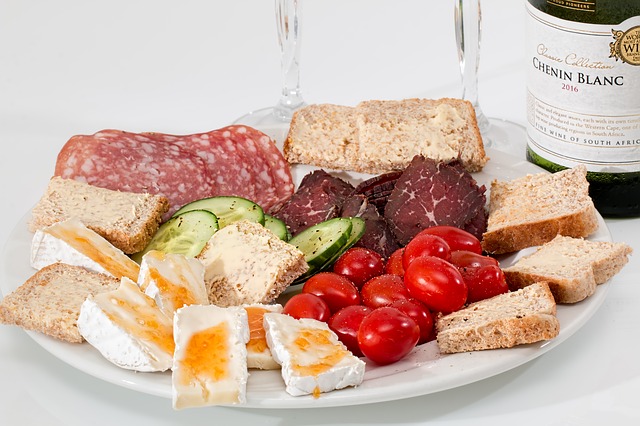Juicy and tender are the names of the game when cooking meat. After all, no one wants to sink their teeth onto a piece of dry, tough, and flavorless steak that is reminiscent of sandpaper and shoe leather combined. A juicy flavorful steak that melts in the mouth like butter is what you deserve. Find your favorite butcher, like the Brisbane Best Butcher BoutiqueMeats, so you can get first dibs on the choicest meat cuts. Here are ten tips to maintain your meat’s juicy level:
Cut Against the Grain
If you don’t want meat to shrink into unpleasant cooking little clumps, then be sure to cut against the grain. Look for the longest meat fibers, which usually run the entire length of your meat, and then cut perpendicular to that. Aside from ensuring the meat remains juicy, cutting this way will produce the most tender dish.
Do Not Over Cook
The main culprit of dry meat is overcooking because it dries up the meat and draws out all the juices. Remember, dry flesh that’s been nestled on top of an extremely hot surface produces chemical compounds that are unhealthy for the body. Charred and burnt food are known carcinogens, aka cancer causing.
Marinate the Meat
Marinating meat is for adding flavor and it doesn’t need to truly submerge the entire thing. On top of that, marinating usually contains an acid, along with other ingredients like herbs and aromatics, which all help break down the meat protein. This infuses the meat with great flavor, while helping it remain juicy when cooking.
Brine the Meat
Brining is known to make meat a lot more juicy because it packs moisture. Brining is different from marinating because it uses an ordinary salt solution with the meat submerged. Typically, un-brined meat already loses thirty percent of its moisture. If you brine meat, it only loses less than fifteen percent. The typical ratio is one cup salt to one gallon of water. After brining for a minimum of four hours, rinse it thoroughly to ensure that salty taste isn’t too overwhelming. You can actually rub your meat with other herbs after brining. If you don’t fancy sinking your teeth onto a tough piece of meat, then give it that long soak in a saltwater bath.
Soak in Baking Soda
Apparently, one other hack to keep meat juicy and tender is to soak in a solution of baking soda and water for a brief period of time, around fifteen to twenty minutes only. Doing so raises the pH balance of the meat’s surface. Raising it means the meat becomes more alkaline and less acidic. The increased alkalinity makes it more difficult for heat to denature the meat’s proteins. The latter is responsible for toughness. Simply put, adding baking soda your choice cut of meat shields it from high heats and locks in its juices.
Use the Sous Vide
Use your sous vide if you don’t want to overcook your meat. Remember this, the water bath of the sous vide is set to a temperature of your choosing. It is the same temperature that you want your food to achieve. Once it has been set, the machine will stop cooking. The sous vide offers precision, prevents moisture loss, and guarantees the best tasting meat dish for you to enjoy.
Low Heat to Preserve Moisture in Big Cuts
Bigger cuts of meat and poultry need low heat. The slow cooking method is the best for minimizing the loss of yummy meat juices and fats in big cuts. This method also allows the bigger cut of meat to reach the desired internal meat temperature. This prevents overcooking of the outer areas, while making sure the inner part is also cooked well.
High Heat to Lock in Moisture for Thin Cuts
Browning a thinner cuts of meat on a pan locks in its juices and seals in its flavors. Make sure the meat is super dry before dropping it into a heated pan. Browning happen through a process called the Maillard reaction, and it very useful in maintaining a depth of flavor for choice cuts like wagyu steaks cooked in butter.
Use the Right Meat Part
Sometimes, choosing the right meat part for a particular dish matters in how juicy it will be. To illustrate, for a tastier and juicer burger, use ground chuck with more fat and muscle, making a juicy beef burger. On top of that, some meat parts with more connective tissues require longer cooking.
Don’t Forget Residual Heat
Last, but not least, do not forget that in red meat, the temperature can still rise even at rest. This is called carryover cooking. The residual heat in the pan will continue to cook your meat even as it rests. If you don’t want your meat to lose moisture, be sure to take it out at five or ten degrees below its recommended serving temperature.



















